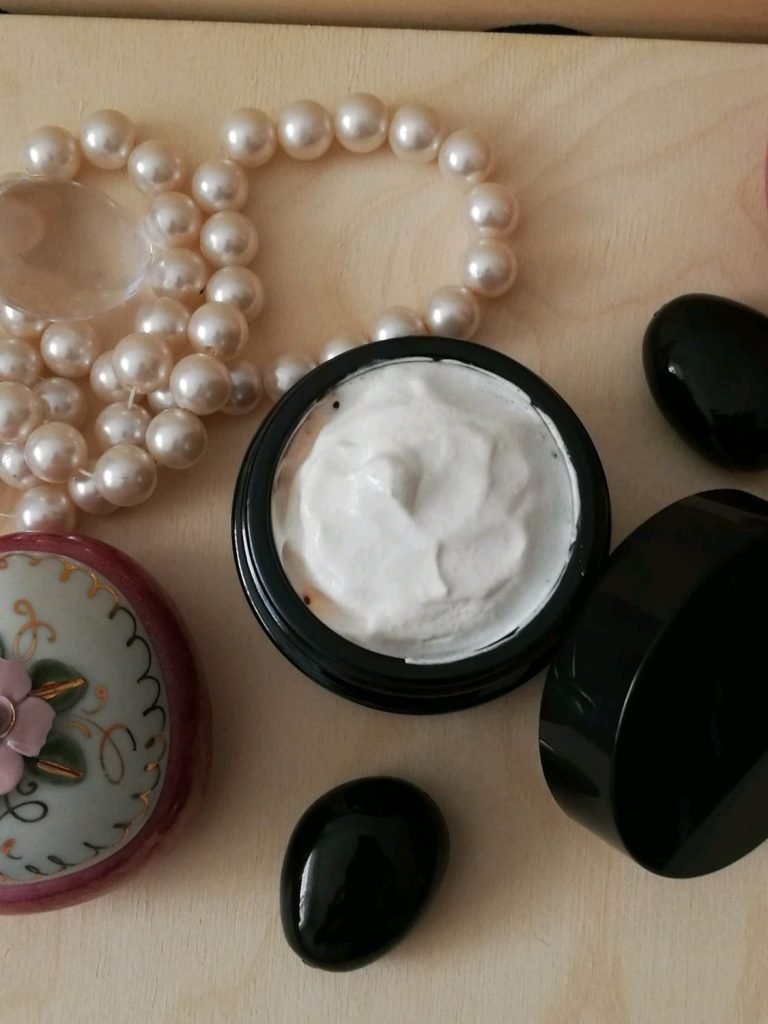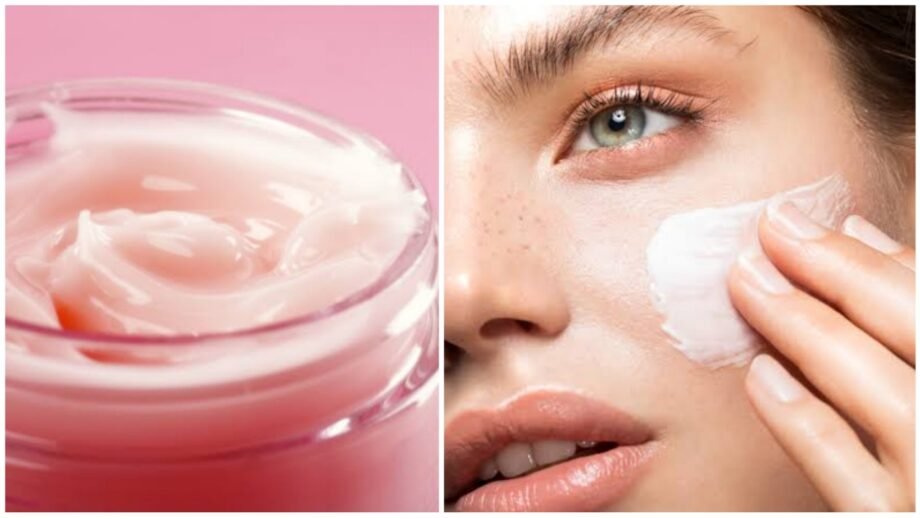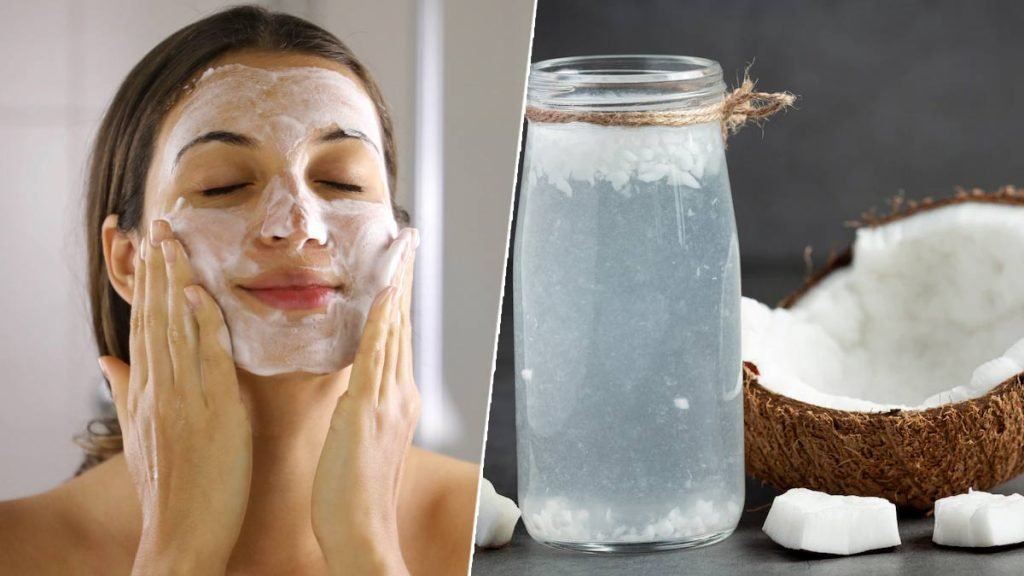Hey there, beautiful people! Today, we’re diving deep into the world of skincare, where the magic happens – skin hydration and mastering the art of moisturizing. Who doesn’t dream of that coveted, radiant complexion? In this friendly chat, we’ll go beyond the surface, sharing tips, tricks, and a wealth of knowledge to get your skin looking and feeling its absolute best.

Why Skin Hydration and Moisturizing Matters
Picture this: you’re stranded in the Sahara Desert, parched and desperate, and suddenly, a cool glass of water appears. That heavenly sip is what your skin craves daily. Hydrated skin isn’t just fabulous; it’s a well-oiled machine. So, let’s understand why hydration is the holy grail:
1. Heat Rash and skin Hydration
First up, the annoying heat rash that makes a grand entrance on sweltering summer days. It’s like nature’s way of saying, “Hey, pay attention to your skin!” Sweat equals moisture loss, so hydration is your trusty sidekick. Guzzle water like it’s your mission, and introduce a lightweight, non-comedogenic moisturizer to your arsenal to keep your skin cool, calm, and rash-free.
2. Melasma: The Sun’s Unwanted Souvenir
Melasma, those persistent brown patches that can turn your face into a treasure map. Sunscreen is your loyal guardian, but hydration is your secret agent. Sip on water as if it’s a magical potion, and incorporate hydrating serums into your skincare routine to maintain an even skin tone and keep melasma at bay.
3. Hidradenitis Suppurativa: A Complex Challenge
Hidradenitis suppurativa can be a perplexing puzzle. Painful lumps and abscesses are no joke. While there’s no one-size-fits-all solution, cleanliness and proper hydration can be your allies in managing discomfort and minimizing flare-ups.

4. Jock Itch: The Uninvited Guest
Jock itch, the itchiest party crasher of them all! Apart from reaching for antifungal creams, it’s essential to maintain impeccable hygiene and moisture balance in your groin area. Think breathable fabrics and moisture-wicking underwear as your sidekicks in this battle.
5. Milia: Those Persistent Pearly Bumps
Milia, those tiny, pearly white bumps that enjoy stealing your skin’s limelight. To tackle these stubborn nuisances, add gentle exfoliation to your routine and embrace a lightweight, non-comedogenic moisturizer to keep your skin soft, smooth, and milia free.
Additional Tips for Glowing Skin

Now that we’ve mastered the hydration essentials, let’s dive into some bonus tips to keep your skin glowing:
6. Stay Hydrated from Within
Water is your skin’s best buddy. Sip it throughout the day to keep your skin cells plump and happy.
7. Sunscreen Is Non-Negotiable
Make sunscreen a daily ritual, even on those overcast days. UV rays can be relentless in dehydrating your skin.
8. Choose the Right Moisturizer
Moisturizers aren’t a one-size-fits-all deal. Find one tailored to your skin type: dry, oily, or somewhere in between.
9. Gentle Exfoliation
Exfoliate 2-3 times a week to bid farewell to dead skin cells, making way for your moisturizer to work its magic.
10. Be Consistent
Consistency is the golden rule of skincare. Stick to your routine, and be patient – radiant skin isn’t an overnight miracle.
A Deeper Dive into Skincare
Now that we’ve covered the essentials, let’s take a deeper dive into each aspect of skin hydration and moisturizing to truly unlock your skin’s potential.
The Science of Skin Hydration

Understanding how your skin works is the first step in mastering hydration. Your skin is the body’s largest organ and serves as a barrier to protect against the environment. It’s made up of layers, with the outermost layer called the stratum . This layer is responsible for keeping moisture in and harmful substances out.
Skin hydration involves maintaining the water content in this stratum . When your skin is adequately hydrated, it looks plump, feels soft, and functions optimally. Dehydration can lead to a range of skin issues, including dryness, flakiness, and an increased risk of skin conditions like eczema.
Choosing the Right Moisturizer For Skin
Moisturizers come in various forms – creams, lotions, serums, and oils. The key is to find one that suits your skin type and addresses your specific concerns. Here’s a quick breakdown:
- Creams: These are thicker and work well for dry skin types. They provide a strong barrier to prevent moisture loss.
- Lotions: Lighter than creams, lotions are great for normal or combination skin. They hydrate without feeling heavy.
- Serums: These are lightweight and packed with active ingredients. Serums are excellent for targeting specific issues, such as fine lines or pigmentation.
- Oils: Suitable for most skin types, oils lock in moisture and can be used alone or mixed with other products.

Exfoliation for Radiant Skin
Exfoliation is the process of removing dead skin cells from the surface of your skin. This step is crucial because it allows your moisturizer to penetrate more effectively. There are two main types of exfoliation: physical and chemical.
- Physical exfoliation: This involves using a scrub or tool to physically slough away dead skin cells. Be gentle to avoid irritation, especially if you have sensitive skin.
- Chemical exfoliation: Chemical exfoliants contain acids that dissolve dead skin cells. They’re often milder than physical exfoliants and can be a better choice for sensitive skin.
Remember to exfoliate 2-3 times a week, depending on your skin type and the product you’re using.
Skin Hydration from Within
Your skin’s hydration isn’t just about what you put on it; it’s also about what you put in your body. Drinking water is essential, but you can also boost your skin’s hydration with a diet rich in water-rich foods like cucumbers, watermelon, and citrus fruits.
The Role of Sunscreen
Sunscreen isn’t just for preventing sunburn; it’s a crucial part of your skin hydration routine. UV rays can damage your skin’s barrier and lead to increased moisture loss. Using a broad-spectrum sunscreen with at least SPF 30 protects your skin from these harmful effects.
A Word on Skin Conditions
We’ve touched on some common skin conditions like melasma, hidradenitis suppurativa, jock itch, and milia. It’s important to note that these conditions may require specific treatments and consultations with dermatologists. While proper hydration and skincare can help manage some symptoms, seeking professional advice is essential for a comprehensive approach to skin health.
Conclusion
And there you have it, a comprehensive guide to skin hydration and moisturizing that’s as breezy as a day at the beach. Keep your

